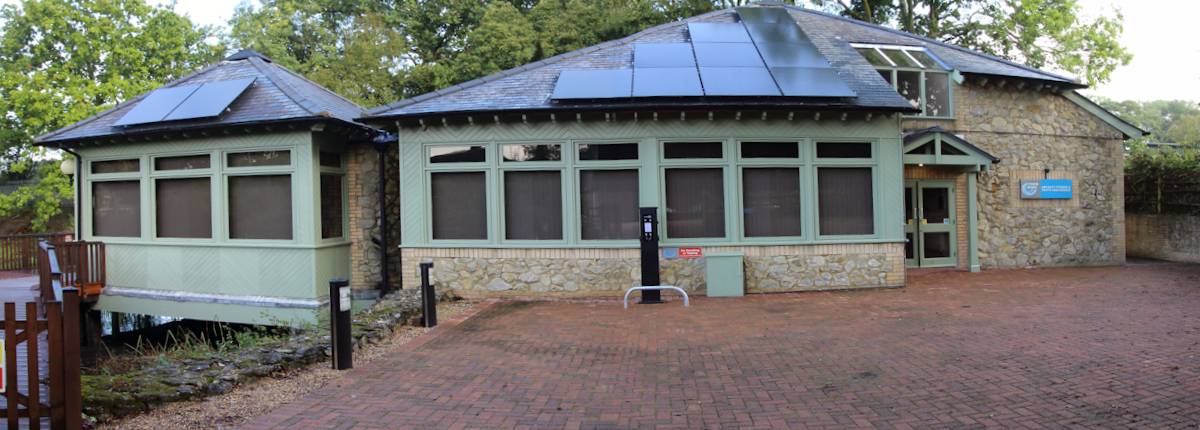The AOPA Radio Navigation Course has been structured to encourage pilots who hold either a UK Issued Part-FCL PPL or a UK NPPL to obtain formal training in radio navigation procedures for use under Visual Flight Rules (VFR) in accordance with the privileges of their licence.
Additionally, for holders of a UK Issued Part-FCL PPL, the course of training can be taken as a progressive step towards obtaining a UK IMC/IR(R) Rating.
This means that a PPL holder who has qualified for the AOPA Radio Navigation Certificate may be exempt from up to five hours instrument training of the Applied Stage of the IMC course (without time limit).
Completion of Core Course in Ground Training, comprising a minimum of 10 hours, five hours training to be given by an instructor competent to give radio navigation instruction and the remaining five hours through self study under supervision.
- Basic Radio Principles
- Morse Code
- Basic principles of Radio Navigation Aids
- Pre-Fight & Aerodrome Departure Procedures
- Aeronautical Information Publications
- Flight Planning
- Use of En-Route Radar Services
- Use of GPS
The course will consist of a minimum of five hours flight training, of which one hour may be conducted in a Flight Navigation Procedures Trainer or a flight simulator approved by the CAA.
Flight training will be conducted by an Instructor, authorised by the UK CAA, whose Licence has had the Applied Instrument Limitation rating removed.
- Use of Radar Services
- Use of GPS as an additional navigation aid.
In addition, each candidate will select three of the following four radio navigation aids for ground and flight training; VOR, DME, ADF and VHF/DF.
AOPA Radio Navigation Course Providers
| Title | Details |
|---|---|
|
Air Westward Ltd
Devon
|
|
|
Andrewsfield Aviation Ltd
Essex
|
|
|
Coventry Flying School
Warwickshire
|
|
|
Jersey Aero Club
Jersey
|
|
|
Lapwing Flying Group Ltd
Buckinghamshire
|
|
|
Leicestershire Aero Club Ltd
Leicestershire
|
|
|
On-Track Aviation Limited
Warwickshire
|
|
|
Redhill Aviation Flight Centre
Surrey
|
|
|
Sherburn Aero Club Ltd
West Yorkshire
|
|
|
Sherwood Flying Club
Nottinghamshire
|
|
|
West London Aero Club
Berkshire
|
|
|
Westair Flying School
Lancashire
|
|

